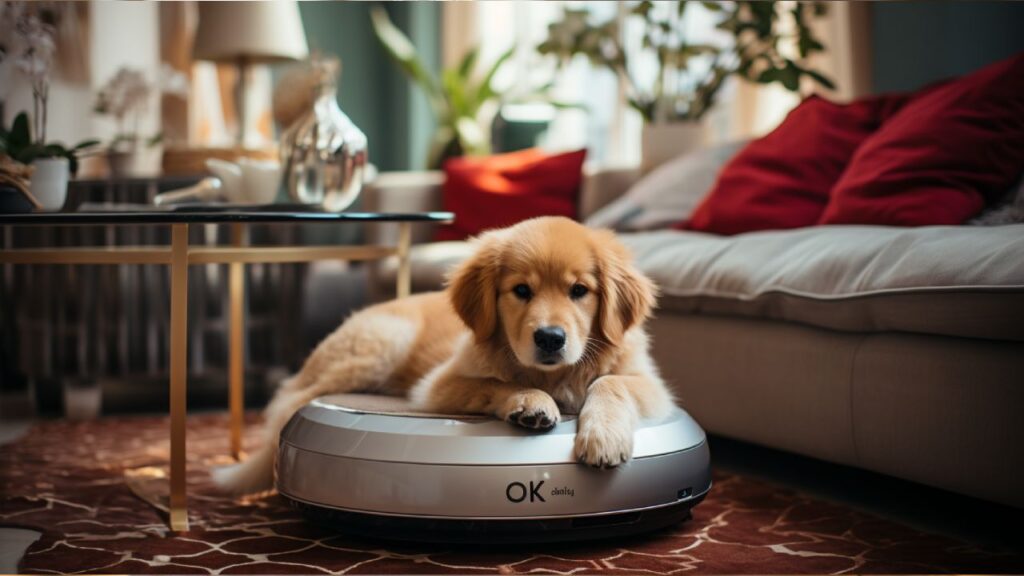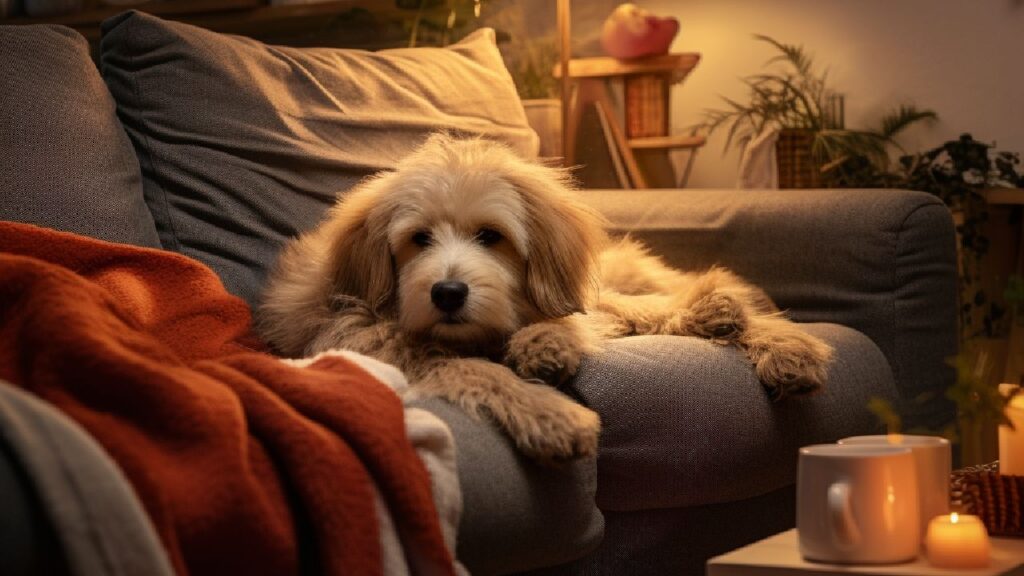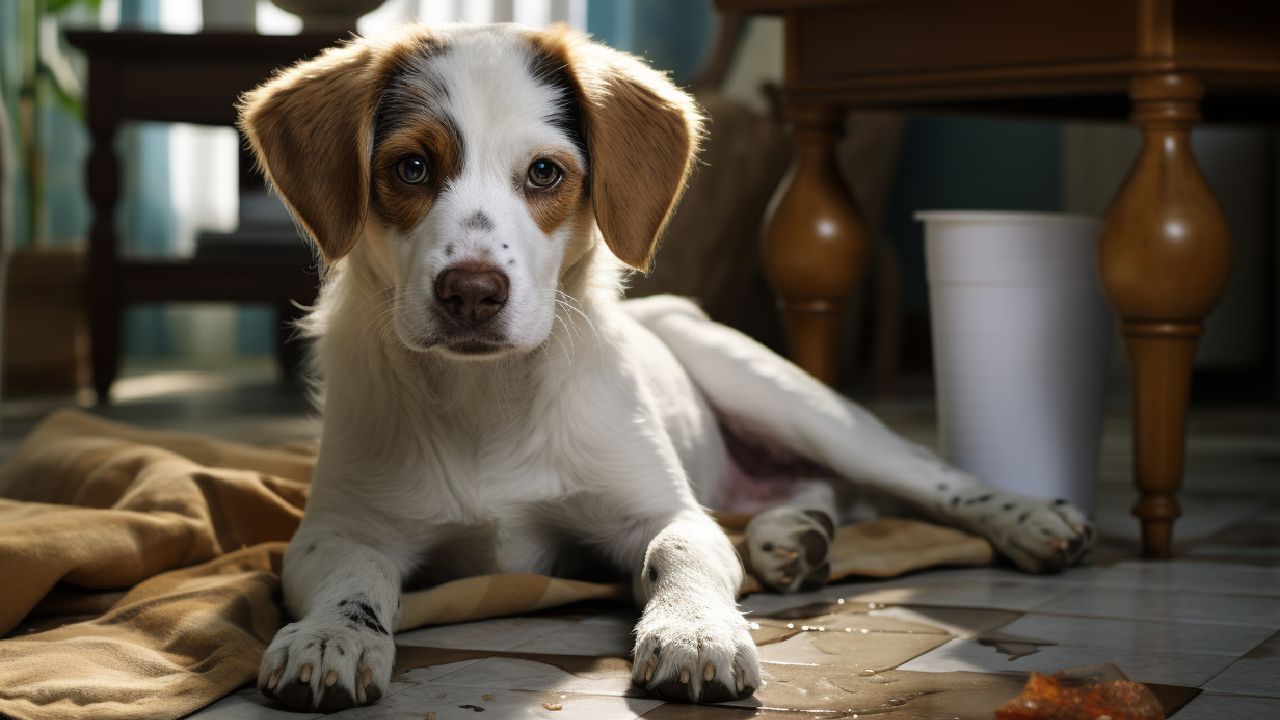Bringing a new puppy into your home is a joyous occasion, but as the days pass, reality sets in – there will come a time when you need to leave your furry friend alone. For both you and your puppy, this transition can be daunting.
You can help your puppy become accustomed to spending time alone with patience, training, and care. In this guide, we’ll explore how to make this process as smooth as possible, ensuring you and your pup are comfortable and happy.
How to Teach Your Dog to Spend Time Alone
The key to a successful transition begins with training. Start with short intervals, gradually extending the time your puppy spends alone. Encourage positive associations with alone time by providing toys and treats. A consistent schedule is crucial to establish a routine your puppy can rely on.
Creating Happy Associations
To help your puppy adapt to being alone, creating happy associations with the experience is crucial. Dogs, like humans, thrive on positive reinforcement and pleasant memories. You can significantly reduce anxiety and stress by making alone time enjoyable for your puppy.
- Treats and Toys:
Offer special treats or toys that are exclusively associated with alone time. Reserve your pup’s favorite treats or interactive toys for when you’re about to leave or when they’re in their designated area. This establishes a positive link between your absence and something enjoyable.
- Calm and Loving Departures:
Maintain a calm demeanor when leaving. Avoid displaying anxiety or sadness, as your puppy can pick up on your emotions. Keep your departure low-key and offer a quick, affectionate goodbye. Your pup will learn that your departures are nothing to worry about.
- Gradual Increases in Alone Time:
Start with short periods of alone time and gradually extend them. This gradual approach allows your puppy to become accustomed to being alone without experiencing excessive distress. As they become more comfortable, they continue to increase the duration of alone time.
- Positive Reinforcement:
When you return home, provide immediate positive reinforcement. Praise your puppy, pet them, and offer more treats or playtime. This reinforces the idea that your return is a joyous occasion. Your puppy will understand that being alone is temporary, and you will always return.
- Avoid Punishment:
Do not scold or punish your puppy when you return home, even if they’ve had accidents or behaved poorly during your absence. Punishment can create negative associations with your return and make alone time more stressful for your pup.

Using a Safe Confinement Area
Establishing a safe confinement area is crucial to preparing your puppy for alone time. This designated space provides security but also aids in in-house training behavior management and guarantees your puppy’s comfort when you’re not around.
Safety should be your utmost concern when creating a confinement area for your puppy. Eliminate potential dangers like toxic plants, small objects that could be swallowed, or accessible electrical cords. Ensure that the space is well-ventilated and devoid of choking or tripping hazards.
Selecting the most suitable confinement option depends on your puppy’s personality and personal preferences. Options typically include a crate, a playpen, or a puppy-proofed room. Crates offer secure boundaries, while playpens grant more space for movement. Puppy-proofed rooms work well for extended periods of alone time.
If you opt for a crate, practicing proper crate training techniques is crucial. The crate should be a place of comfort, not punishment. Gradually extend your puppy’s time in the crate to boost their confidence.
Looking for Help Along the Way
As you embark on helping your puppy adapt to being alone, it’s essential to understand that every puppy is unique. While some may quickly adjust to solitude, others may face challenges that require extra attention. Feel free to seek assistance from experienced professionals when needed. Here’s how to navigate this aspect of your puppy’s development:
- Professional Advice
If your puppy exhibits excessive distress, destructive behavior, or other concerning signs when left alone, it’s advisable to consult a professional dog trainer. These experts possess the knowledge and experience to assess your puppy’s needs and provide tailored guidance to address any issues.
- Support Groups and Communities
Engage with other puppy owners in your area or online communities. Sharing experiences and learning from others who have faced similar challenges can provide valuable insights and moral support.
- Veterinarian Input
Sometimes, behavioral challenges have underlying health causes. Consult your veterinarian if your puppy’s anxiety or stress appears to be more than typical separation anxiety. They can rule out any medical conditions contributing to your puppy’s discomfort.

Helping your puppy adapt to being alone may come with unique challenges that require expertise. Seeking help from professionals, veterinarians, or support networks is a wise approach to ensure your puppy’s well-being and peace of mind.
Leaving your puppy alone at home for the first time can be a daunting experience, but with patience and proper training, you can make this transition as smooth as possible.
By creating positive associations with alone time, using a safe confinement area, and seeking professional help when needed, you’ll help your puppy become a happy, independent companion, ensuring a stress-free and enjoyable experience for both of you.

FAQs
How long can a puppy be left alone for the first time?
Initially, puppies should only be left alone for 15-30 minutes, gradually extending this time as they become more comfortable.
Should I use a crate for my puppy when I leave them alone?
Crates can be a helpful tool, but it’s essential to ensure they associate it with safety and comfort, not punishment.
What toys are best for keeping my puppy entertained when I’m not around?
Interactive toys and puzzle feeders can keep your puppy engaged and mentally stimulated during alone time.
How can I tell if my puppy is struggling with being alone?
Signs of distress may include excessive barking, whining, destructive behavior, or soiling in their confinement area.
When should I start leaving my puppy alone for the first time?
Gradually introduce alone time when your puppy is around 8-10 weeks old, once they’ve settled into their new environment.






Leaving my puppy alone for the first time was tough! Your tips made the transition smoother. Any additional advice for anxious puppy parents? 🏡